Scandinavian Design refers to the movement that emerged in Denmark, Norway, Sweden, Finland and Iceland. Although it was relatively unknown to the rest of Europe and the United States of America, Scandinavian Design in itself had been established since the early 1930s. Prominent designers of the movement include Alvar Aalto, Arne Jacobsen, Verner Panton and Poul Henningsen.
Europe in the 1930s
Early 20th Century Europe was dominated by the International Style - one whose focus was primarily on architecture. Sleek lines and geometric shapes were the order of the day. The main aim of architects such as Le Corbusier, Mies van der Rohe and Walter Gropius was to come up with design that were not excessively ornamented, modern and functional. This was aided by the advance in technology, which also helped to bring about experimentation with new materials such as steel, iron, glass and concrete. Prominent designers of the International Style include Charles Rennie Mackintosh, Eileen Gray, Alvar Aalto and Eero Saarinen. The latter two designers were Finnish, thus having their roots in the International Style was what partially influenced them in their designs as the Scandinavian Design movement further developed.
Back to Scandinavia Design
The term 'Scandinavian Design' originated from a design show that traveled the United States of America and Canada from 1954 to 1957. The exhibit featured works by native Scandinavian designers, and through it, the meaning behind the term 'Scandinavian Design' was established: simple designs with a touch of flair and beauty, primarily inspired by nature and the northern climate, with a strong emphasis on making the same designs available to everyone irrelevant of their social standing.
'Enhancing and facilitating daily life through aesthetically pleasing objects and making them accessible to each and every person.'
The phrase above sums up what essentially is the philosophy behind Scandinavian Design. This is due to several reasons, the first being the geographical restrictions of the Scandinavian countries in themselves. The rough climate and cold winters forced the people to focus on making their homes comfortable, warm and above everything else, livable. That is the primary reason why most of the notable works of Scandinavian design revolve around interiors: furniture, lighting and textiles for example. In their work, designers focused on practicality. They achieved this through simple lines and no excessive decoration (just like the designs of the International Style).
Scandinavian countries became industrialized relatively late in comparison to the rest of the world. This enabled them to preserve traditional crafts fairly longer. The element of survival also plays an important roles in Scandinavian countries. Due to their limited natural resources, they focused more on function and practicality in order to survive. Being surrounded by nature the majority of the time, Scandinavian natives developed a sense of respect for what is around them. This helped them in making the most efficient use out of their limited resources, with natural material such as wood, clay, leather, linen, wool being used for the construction of various items. Nature was also a source of inspiration for many designers, one of which being Alvar Aalto, who designed the famous Savoy Vase (also known as the Aalto Vase). The vase’s unusual shape is said to be taken from the undulating shorelines of Finland’s thousands of lakes. Another reference to nature can be seen in the colour palette opted by the designers; most of the time consisting of lighter, softer, pale colours. In this case we can see a contrast between Scandinavian Design and the International Style, the latter being considered as too cold (due to the use of material such as steel and concrete).
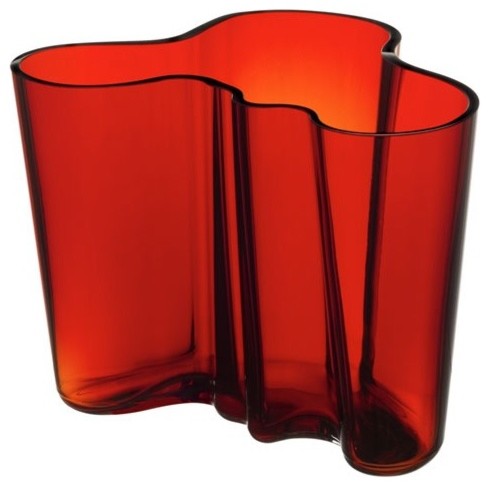 |
| The Aalto Vase - designed by Alvar Aalto |
 |
Finland's thousands of lakes, which served as
an inspiration for the design of the Aalto Vase |
The period after the war was hard for the most industrialized and wealthy countries of the time, let alone those limited and lacking in resources. This period highlighted an essential part of Scandinavian Design: making designs that were accessible to all. This is the primary reason why this movement came to be known also for its 'democratic design'. More-over, this can be seen later on during the 20th century when Scandinavian countries were introduced to the machine age. Rather than giving in to soul-less mass-produced objects, machines were used to further enhance designs which gave importance primarily to function and accessibility, while also preserving the beauty of the object in itself.
The following are several examples of notable works from the Scandinavian Design movement:
 |
Top (left to right):
Artichoke - Poul Henningsen, Painio Chair - Alvor Aalto , Egg Chair - Arne Jacobsen, The Ant Chair - Arne Jacobsen,
PantonChair - Verner Panton
Bottom (left to right):
Chinese Chair - Hans J. Wegner, The Ericofon - Hugo Blomberg and Ralph Lysell, Eva (armchair) - Bruno Mathsson,
Globe Chair - Eero Aarnio, Tulip Chair - Eero Saarinen
|
|
|
|
References
Anon, (2015). [online] Available at: http://michelangelo.pixel-online.org/files/Manual_of_fine_arts/New%20Manual%2013%20scandinavia.pdf [Accessed 5 Jan. 2015].
Dawson and Clinton, (2014). A Brief History of Scandinavian Design. [online] Available at: http://www.dawson-clinton.com/news/brief-history-scandinavian-design/ [Accessed 5 Jan. 2015].
Eyþórsdóttir, K. (2011). The Story Of Scandinavian Design: Combining Function and Aesthetics - Smashing Magazine. [online] Smashing Magazine. Available at: http://www.smashingmagazine.com/2011/06/13/the-story-of-scandinavian-design-combining-function-and-aesthetics/ [Accessed 5 Jan. 2015].
Fiell, C. and Fiell, P. (2002). Scandinavian design. Köln: Taschen.
McDermott, C. (2007). Design: The Key Concepts. Routledge.
Scandinavia-design.fr, (2015). SCANDINAVIAN DESIGN - brief description and examples. [online] Available at: http://www.scandinavia-design.fr/design-scandinave_en.html [Accessed 5 Jan. 2015].
South Granville: Vancouver Shopping Neighbourhood, (2012). The Alvar Aalto Vase Collection: More than 7 decades modern. [online] Available at: http://www.southgranville.org/the-alvar-aalto-vase-collection-more-than-7-decades-modern/ [Accessed 5 Jan. 2015].
The Nordic Movement, (2011). Scandinavian Modern: What's new in Scandinavian furniture design?. [online] Available at: https://lbstadler.wordpress.com/2011/08/06/scandinavian-modern-whats-new-in-scandinavian-furniture-design/ [Accessed 5 Jan. 2015].
The Urban Pig, (2013). A Little History of Scandinavian Design. [online] Available at: http://theurbanpig.wordpress.com/2013/04/09/scandinaviandesign/ [Accessed 5 Jan. 2015].
Worldguide.eu, (2015). Characteristics of Scandinavian Design & Furniture - Scandinavian Design - Design. [online] Available at: http://www.worldguide.eu/wg/index.php?StoryID=148&ArticleID=23189&ChapterID=2 [Accessed 5 Jan. 2015].

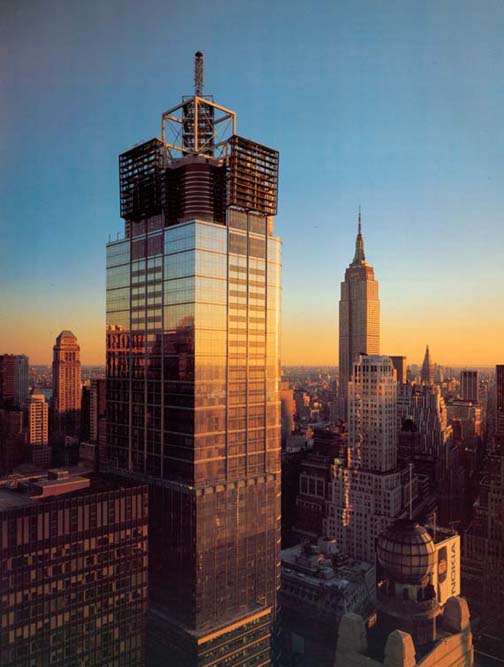

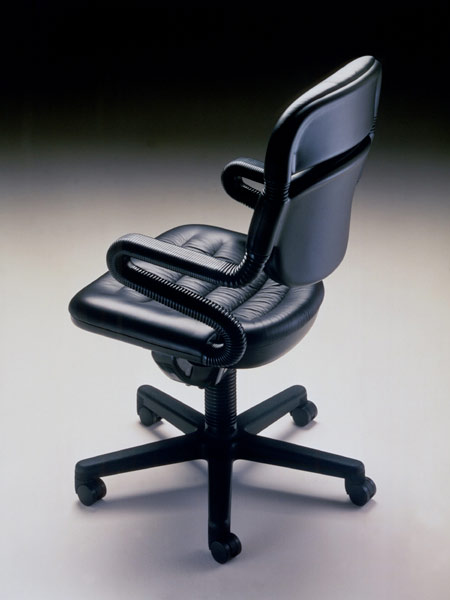




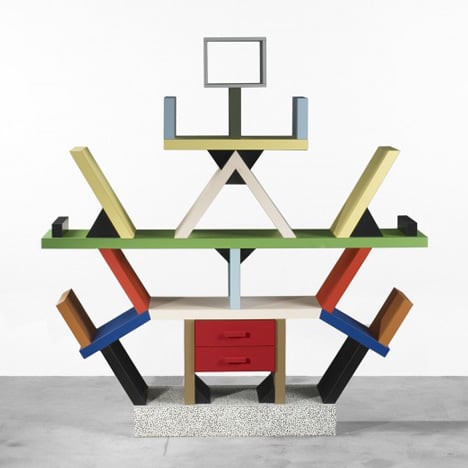

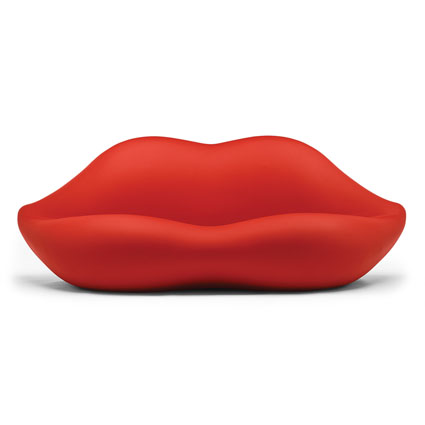

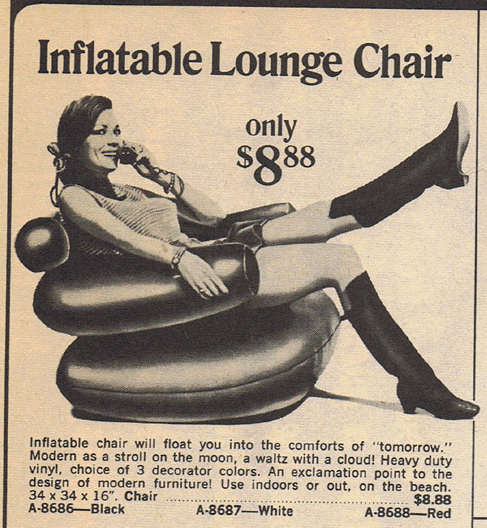













.jpg)
.jpg)



